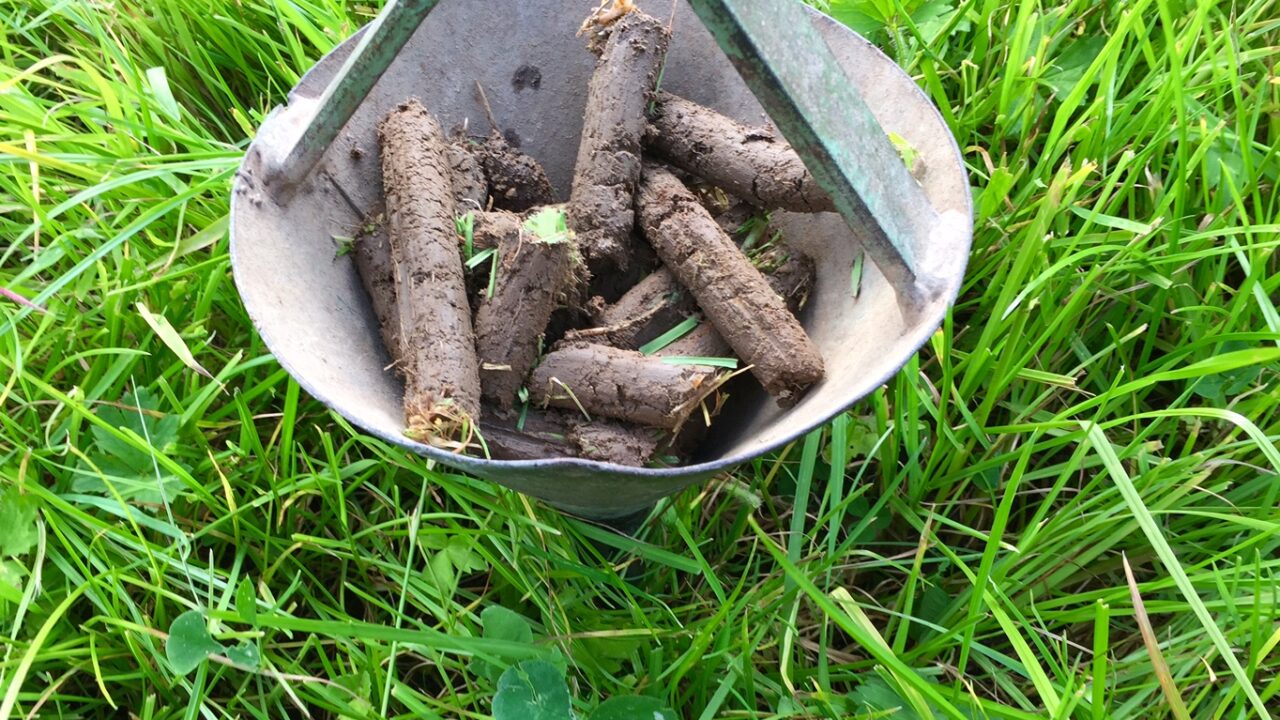The Potash Development Association (PDA) is highlighting the role of cultivation systems on soil sampling techniques.
This reflects the progression away from plough-based to min-till and no-till production systems.
Up to now, the standard depth for sampling has been 7.5cm for grassland and 15cm for tillage soils, according to the PDA.
The arable figure reflects a scenario within which soils would have been regularly ploughed, thereby mixing nutrients applied or returned through the soil profile.
This gave a relatively homogenous mix (concentration) of nutrients in the soil profile right down to plough depth.
Cultivation practices have moved on in the last number of years and the tendency to plough regularly has reduced.
This trend is likely to grow in prominence within Irish tillage systems as farm size continues to grow.
Soil sampling
For soils in long-term reduced or no-tillage systems, the results from sampling to 15cm may lead to an artificially high reading, the PDA said.
In turn, this leads to the generation of false confidence that soils are able to supply sufficient levels of nutrients to the crop, which may not be the case due to nutrient stratification in the surface layer.
For soils that have been sampled ahead of ploughing – which is only carried out occasionally in between minimal cultivations – this again could lead to false confidence if levels are shown to be sufficient.
In such cases, according to the PDA, the impact of ploughing will bury the nutrients to a depth below routine cultivation, and will bring soil of lower nutrient status to the surface ahead of the important establishment phase, where access to phosphate in particular is key.
Nutrient stratification
Nutrient stratification refers to the accumulation of nutrients in differing concentrations down the soil profile.
This can occur through applications of fertiliser and manure to the soil surface, or simply through crop growth, as plant roots scavenge deep into the soil profile for nutrients.
These then accumulate in plant material and senesce as the plant matures, leaving residues on or close to the soil surface, releasing nutrients back to the soil as they decompose.
According to the PDA, in ‘conventional’ tillage systems nutrients applied to the surface would have been well mixed in the soil profile through cultivation, most likely ploughing. This would result in a fairly homogenous soil layer 20-25cm deep.
As a result, a soil sample taken to 15cm depth would be representative of the full plough depth.
With the adoption of no-till methods, nutrient stratification has the potential to become even more pronounced than in min-till soils.
With no cultivation to mix nutrient rich soil down into the profile, the movement of applied phosphate and potash is reliant on soil water and biological activity.
The PDA said the latter can occur through plant root death and earthworm transport, which may be more significant in no-tilled soils, as the lack of cultivation tends to increase worm populations and preserve deep earthworm channels from one year to the next.
Given this scenario, the PDA is recommending that sampling to a greater sample depth, potentially to 20+cm, may be more advisable in min and no-till situations, to build a better picture of overall soil nutrient concentration levels.

